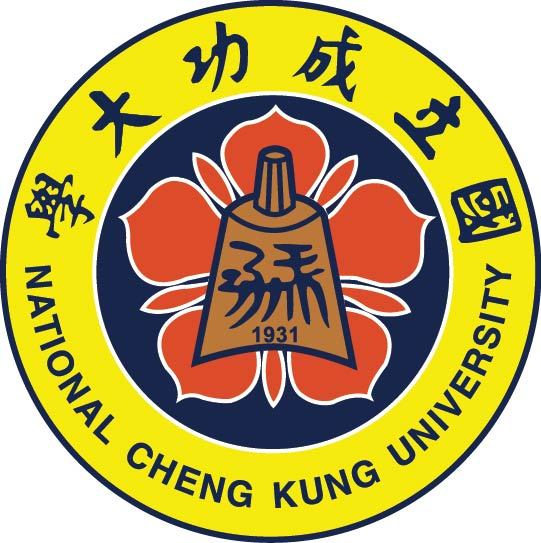The Vibration Monitoring and Control Laboratory (VMCL)
Research Field
Dr. Shih-Yu Chu is currently a full professor in the Department of Civil Engineering at National Cheng Kung University (NCKU), Taiwan. He received his Ph.D. from the Department of Civil, Structural and Environment Engineering at University at Buffalo, State University of New York in 2001. He was the principal participant in the US/China Protocol - III (1998 to 2001) on Structural Control involving the design and implementation of an Active Mass Damper System (AMDS) in a communication Tower in Nanjing, China. After graduation, he worked as a project engineer in the George E. Brown, Jr. Network for Earthquake Engineering Simulation (NEES) Project until the summer of 2002. He developed plans for upgrading SUNY/Buffalo shaking table facility to a versatile high-performance dual-table system and also developed and implemented Real-Time Dynamic Hybrid Test (RTDHT) technique associated with the dual-table system. Dr. Chu is a research fellow at the National Center for Research on Earthquake Engineering in Taiwan and is a member of the committee panel to construct a high-speed long-stroke shaking table system for the research on novel near-fault seismic technologies in the Tainan Laboratory, which is located at the Gueiren campus of National Chen-Kung University.
Dr. Chu has dedicated more than three decades to the development of structural control algorithms and implementation issues. Dr. Chu is an expert in structural control, mechatronic equipment integration, and system identification and has a long experience in digital twin implementation. The Vibration Monitoring and Control Laboratory (VMCL) led by Prof. Chu is closely corporates with the Tainan Laboratory of the National Center for Research on Earthquake Engineering and the Wind Tunnel and Fire Safety Laboratory of the Architecture and Building Research Institute (ABRI) of Taiwan. Dr. Chu’s research team also provides their expertise on the implementation of Structural Control Systems, the identification techniques on the Digital Twin of full-scale systems, and the state-of-the-art real-time hybrid (hardware-in-the-loop) testing techniques.
- Development and implementation of multi-functional passive/semi-active/hybrid/active vibration control devices
- Development of a Versatile Simulator (Stewart Platform) to cope with AR/VR applications.
- Health Monitoring and Damage Assessment of Infrastructure.
- Integration of Sensing Technology with the Building Information Management System toward Smart City.
- Computational fluid dynamics (CFD) and wind tunnel testing.
- Identification techniques on the Digital Twin of a full-scale system
- State-of-the-art real-time hybrid (hardware-in-the-loop) testing techniques.
Member of Taiwan Professional Civil Engineers Association
Member of The Phi-Tau-Phi Scholastic Honor Society
Member of The Chinese Earthquake Engineering Association
Member of The Earthquake Engineering Research Institute (EERI)
Associated Member of The American Society of Civil Engineers (ASCE)
Who’s Who Among Students in American Universities and Colleges
Ph.D., University at Buffalo (State University of New York), 2001
2 Vacancies
Job Description
Identification of the Digital Twin
Development of Versatile Simulators
Computational fluid dynamics (CFD) and wind tunnel testing
Vibration control and Signal processingg
Preferred Intern Education Level
Master and Ph.D. students
Skill sets or Qualities
MATLAB/ANSYS
